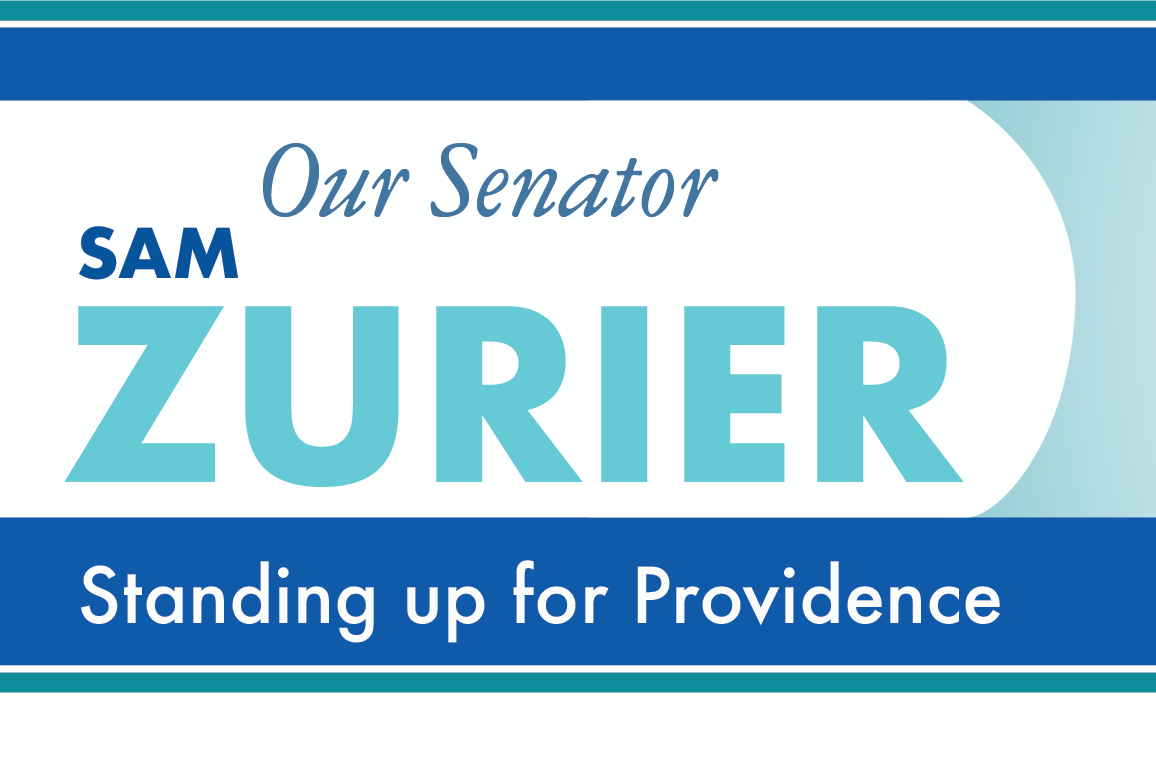As we prepare for the Thanksgiving holiday, I am delighted to start my first week as the newest member of the Rhode Island Senate. This past Tuesday, I was sworn into office in a ceremony you can view by clicking here. At the end of last week, the Senate President sent a letter appointing me to the Finance and Labor Committees. The Finance Committee will be meeting on Monday night at 5:30 p.m. to review proposals for American Rescue Plan Act (“ARPA”) funding from the field of health and human services. You can review the agenda by clicking here. The Finance Committee has held prior hearings on ARPA, and will continue to devote significant time to this issue. I am excited to have an opportunity to contribute to this work, given my own prior experience in this area and the potential benefits that proper use of the ARPA funding can bring our District and the State.
On that note, I will devote the balance of this District Letter to an overview of the administration’s Rhode Island 2030 Working Document. For the reasons I will now discuss, I believe the document needs significant review and revision to accomplish its stated purpose. My review below will build upon my November 14 letter, which sets out the general principles of how Congress intended for states to use ARPA funds.
In its introductory letter, the administration states that while the document “is not aimed solely at addressing the federal dollars coming into the state, a key goal of this initiative is to help Rhode Island leverage the State Fiscal Recovery Fund towards achieving the goals set through our RI 2030 process.” From this description, a reader may have expected the document to provide some help in linking its proposals to the ARPA framework, explaining which proposals can “leverage” the ARPA funds (and how they can do so) on the one hand, and which proposals are not eligible for ARPA funding on the other. Also, a reader may have expected the RI 2030 document to provide some (at least preliminary) information about what amount of resources (both state and federal) would be needed to address these priorities. Unfortunately, the document does not contain any of this information, reducing significantly its usefulness in setting priorities for the use of ARPA funds. The two proposals at the beginning and at the end of the RI 2030 document provide examples of the type of work I believe it needs for its next draft.
The first priority presented in the document (pages 1-5) is “Supporting Small Businesses.” As explained in my November 14 letter, ARPA permits states to spend funds to address the economic impacts of the pandemic by presenting data of how the pandemic impacted a specific business or industry, and then presenting a program that responds to the identified impact. With that said, there are some areas where the guidance from the Treasury Department allows greater flexibility. Treasury presumes that the travel, tourism and hospitality industries suffered negative economic impacts. Also, Treasury presumes that minority-owned businesses and those based in high-poverty neighborhoods have been disproportionately impacted. While offering passing mention to these areas, RI 2030 proposes aiding the small business community generally, suggesting that small businesses have, as a sector, been negatively impacted by the pandemic. It is not hard to provide counterexamples; for example, accountants have been able to adjust to remote work, have received Paycheck Protection Loan funds to retain staff and have gained additional work to perform in guiding businesses through the billions of dollars of available federal aid. More generally, this section does not describe which small businesses will be targeted, how much federal aid is needed, and why this aid meets federal eligibility criteria.
Another example comes at the end of the document (p. 53) entitled “Moving State Government Into 2030.” In that section, the document proposes funding the upgrading of the State’s information technology and other government infrastructure. With very limited exceptions, the State cannot use the bulk of ARPA funds for this purpose, as the problems it seeks to address existed before the pandemic, meaning that the proposals would not “respond to” the pandemic’s impacts. With that said, approximately one third of the total federal funds (or between $350-$400 million) can be used for general “government services,” and thus could be directed towards this objective. Because these general purpose “government services” dollars might be considered the most ones of all, the State must be most careful in making the best use of them. The RI 2030 document does not discuss this circumstance, does not present a tabulation of the amount of “government services” dollars that would be needed, and does not explain why this would be the best use of those most precious funds.
At the end of the day, I view the RI 2030 document as a “wish list” of desirable outcomes, and it is hard to criticize the broad goals it states. With that said, the document does not provide information about what resources are needed to accomplish the generally-stated goals, or what resources are available to meet the identified need, which are the types of information needed to set priorities. In this regard, the administration may benefit from reviewing the Rhode Island Foundation’s Make It Happen report, which presents priorities in terms of costs and an overall budget based on available federal funds. (I plan to review that report in a future letter.) For these reasons, I believe the administration would serve the public well by preparing a second draft of this document that contains more specific information that would provide useful guidance concerning the best use of state and/or federal funds.
